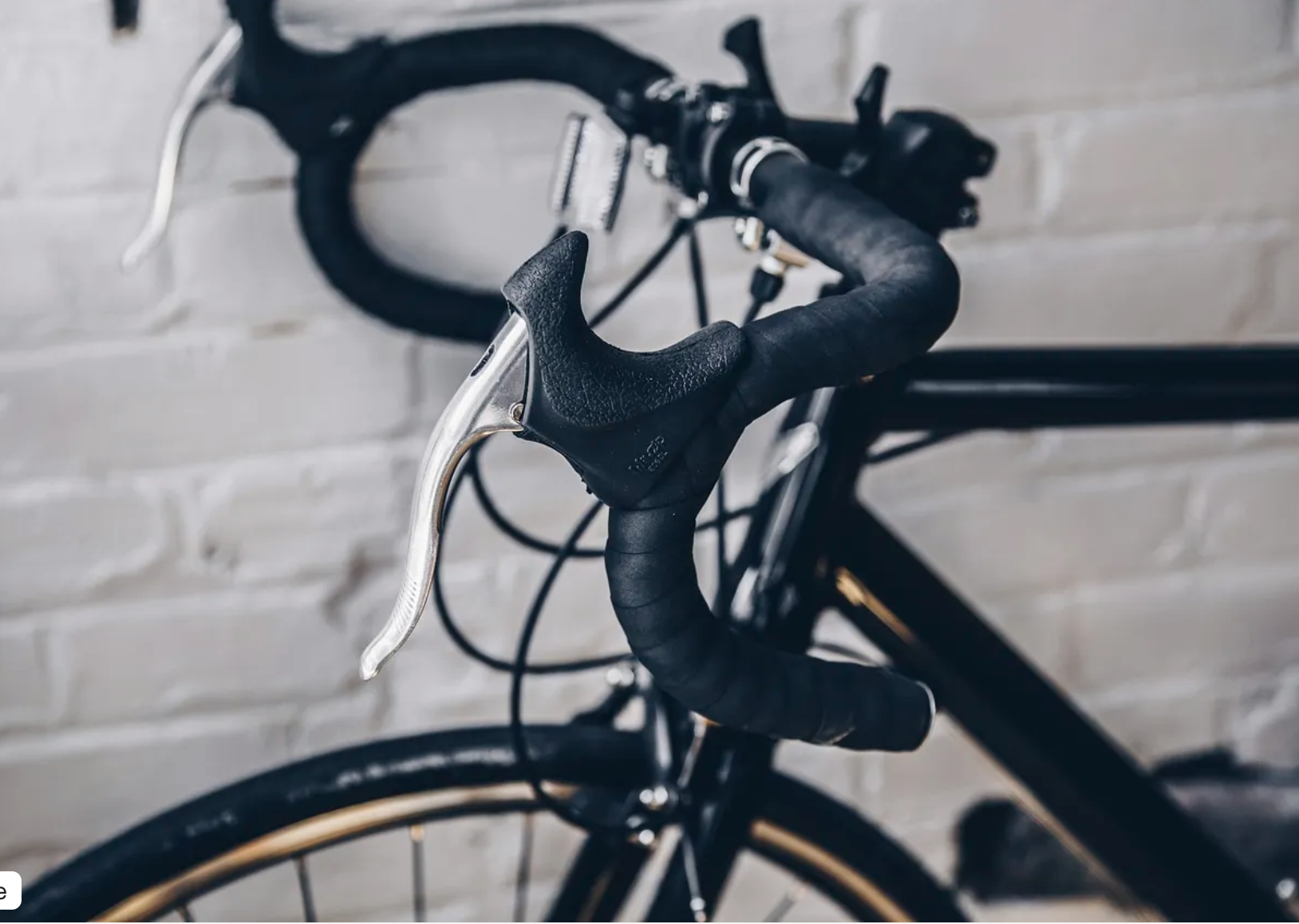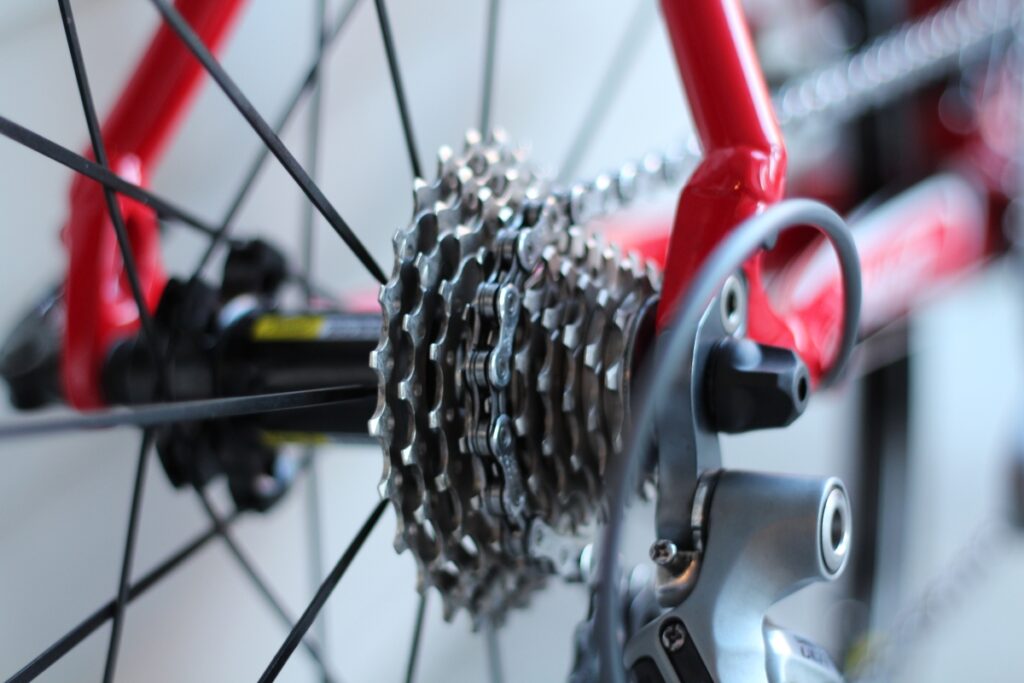
The Day I Yelled At God
“Ok, God. This must be some kind of cruel joke, right? You are not actually asking me to do this are you?” With tears in my eyes I argued with God as I stood looking
Let us help you upgrade your bicycle street-smarts and dirt-skills with practical advice and encouragement to maximize your next cycling adventure!


“I’m exhausted!” you exclaim, as you pull your bicycle over at the two-mile mark of your 20-mile ride. “How can that be?” you ask your riding partner. He quickly notes that as he rode behind you, he did notice a rubbing noise going on. Sure enough, that’s the problem. You were exhausted so quickly because you didn’t check your brakes. Your wheel was rubbing on your brakes every rotation creating resistance as you tried to glide down the pavement.
Have you ever run into this problem? Try using the A-B-C Quick Check as a routine way to make sure you are ready to ride. Doing this every time you ride will prevent many hardships and complications for you and your pocketbook. Remember, you are not quickly checking your A-B-C’s, you are checking your A’s, B’s, C’s and your “Quicks.” Here goes:

Air – PSI does not stand for Pedaling Sans Inflation. Please excuse my French, but this is a basic thing. PSI stands for Pounds per Square Inch (you knew that), and it needs to be checked before each ride. Air pressure is vital. Too little and the ride will drag, plus if you hit a hole, it may not provide the shock absorption needed and you could break something (the tube, a spoke, your head). Seriously, check the PSI with a bicycle air pump. You can find the correct PSI for your bicycle on the side-wall of your tire.

Brakes – Rubbing brakes are the worst. You would never drive your car with you Emergency Brake on would you? It never makes for a fun day on the bike either. Let’s check to make sure they are not making it harder for you to ride. The same process is used for both types of brakes below.

Crankset – This is your chain and the rear cassette it turns on to provide power and movement. Is the assemblage shiny and clean, or dirty and rusty looking? Use a bicycle friendly degreaser to clean if dirty, allow it to dry, then oil it. It’s a good idea to oil the chain about every 100 miles. These items can be found at your favorite bicycle shop. More dirt equals more calories and effort on your part as you cycle.

Quick, get on your bike and let’s ride! Well, before you do, one more thing. Many bicycles have “quick releases” on the wheel axles and the seat posts. These should be snug, but don’t overly tighten. You don’t want your tire to fly off your bike if you hit a bump. That makes for a bad day.
PSI good? Brakes good? Crankset good? Quick releases good? Now, quick, get on that two-wheeled apparatus and let’s ride!
P.S. – A big thank you to Ends Cycling Alumni, Rick Willis who, with permission, took our cycling knowledge and turned it into a wonderful blog for us. We bless you Brother!
~The Ends Cycling Crew

“Ok, God. This must be some kind of cruel joke, right? You are not actually asking me to do this are you?” With tears in my eyes I argued with God as I stood looking

It’s not every day you hear about someone going from handing out water bottles at a 5K to trekking across the U.S., spearheading outdoor discipleship moments. But that’s exactly what happened. This story is a

Cyclists normally know that hydration is important, but how much is enough? Is six to eight 8-ounce glasses per day is sufficient? What’s the answer? Look no further than your toilet!
FREE Gift: Pro-Tips Magazine includes articles like, “Choosing The Right Bike”, the “A-B-C Quick Check”, “Am I Hydrated?”, “How To Maximize Your Brakes” and more!
We are an active bicycling community impacting youth globally. We give people who want to change the world opportunities to use cycling to bring the hope of the Gospel to global youth through multi-day, Christ-centered bicycling tours.
Email: EndsCycling@NewInternational.org
New International
Attn: Ends of the Earth Cycling
2701 Cleveland Ave. #200
Fort Myers, FL 33901